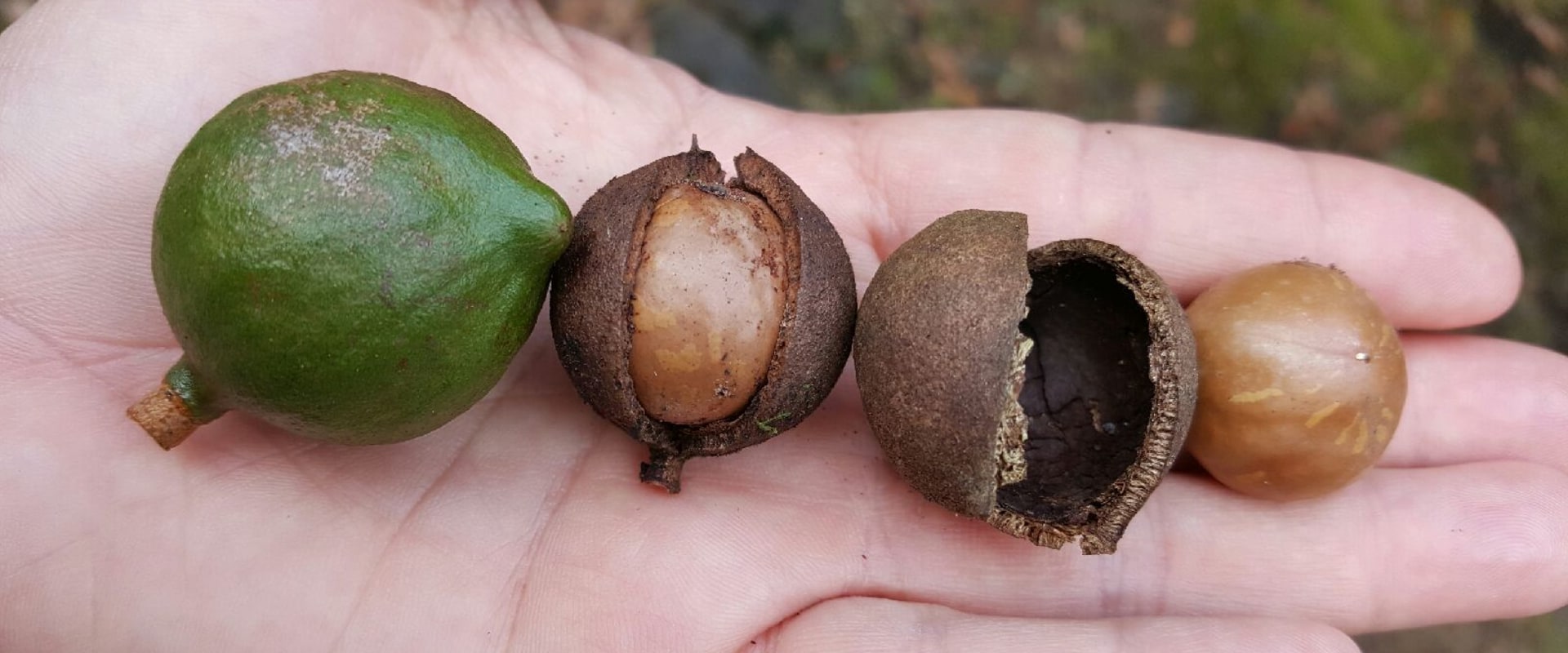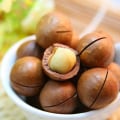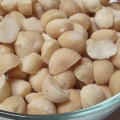The macadamia fruiting season begins in late fall and continues until spring. The ripening time varies depending on the crop, but all varieties bear fruit continuously during their fruiting period, unlike all at once. It's not hard to tell when macadamias are ripe. If you're wondering when to pick macadamia nuts, you have to wait until they're ripe.
Nuts ripen at different times depending on where you are and the type of tree you have. Even on a macadamia tree, the nuts don't all ripen in the same week or even the same month. Read on to learn more about harvesting macadamia nuts.
Macadamia nuts
are harvested manually after the fall, which occurs eight to nine months a year in Hawaii (July to March).On relatively uniform terrain, large-scale producers use mechanical sweepers and collection devices to compensate for the high cost of agricultural labor. The CTAHR has developed a tractor-mounted collection device that works in smaller orchards. To avoid losses caused by mold, germination and animal damage, macadamia nuts should be harvested at least every four weeks during rainy weather, although they don't need to be harvested as often during dry weather. The ripening of macadamia nuts varies by variety, location and season.
In New Zealand, this generally means that maturation occurs from May to October. Even on a single tree, individual macadamia nuts can ripen for several months. Macadamias will fall to the ground when they are ripe, so the best time to harvest nuts is as soon as they fall. This should be between March and August, and most will fall in May and June.
The macadamia nut, also known as the Australian nut or Queensland nut, is popularly cultivated by people all over the world. These nuts are used as an ingredient in many dishes and are also used as a snack when eaten alone. Macadamia nuts grow on trees that can reach an astonishing height of 40 feet and are harvested through the use of long poles. Walnuts are housed in hard shells, which must be broken after harvest to reveal the tender, brown nut they contain.
Picking macadamia nuts can be done with a little time and patience. Burns School of Medicine in 2000 and published in the prestigious Archives of Internal Medicine journal, reports that eating macadamia nuts can have a positive effect on blood cholesterol levels. On the contrary, it is best to peel the nuts immediately and air dry them or take them to the processor the next day. The faster you pick up the nuts from the ground, break them and roast them, the fresher they will be and taste better.
Nuts soon became popular with residents of Hawaii, but were not planted commercially until 1921. The trees were brought to Hawaii as ornamental plants, eventually leading to the production of macadamia in Hawaii. Macadamia trees have lower nut yields than other nut trees, meaning it can take a while to start and maintain a positive cash flow. Place the dried nuts in an airtight container and store them in a cool, dry place until needed.
Macadamia nuts are not picked from the tree, but are harvested when the nuts have fallen to the ground, a sign that they are fully ripe. Foreign-grown macadamia nuts are processed under a wide variety of standards that could affect the quality and integrity of final products. It sounds like this could be a great way to harvest ripe nuts, but it's also likely to reduce immature nuts. Since they have only limited resistance to heat, frost, wind, drought, fire and drainage, it can be difficult to find a viable sized agricultural block for macadamia trees.
If there are clusters of creamy white or pink color (flower strands), then two or three of the flowers on each strand should turn into nuts. .




Leave Message